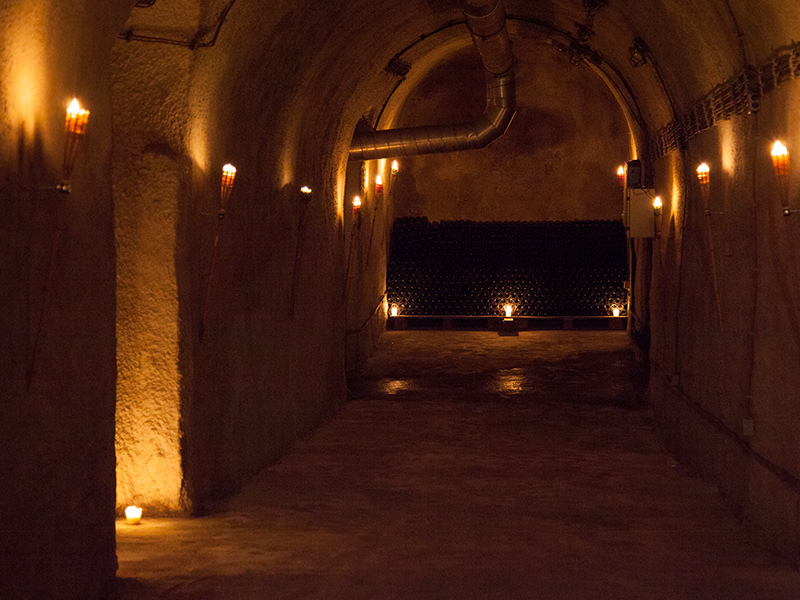
Pairing wine and food
The aim of matching wine and food is to enhance the overall gastronomic experience. People who consider themselves hedonists are very dedicated to this segment of hedonism. The ultimate goal is to reach SYNERGY - wine and food combined to make a new and supreme gastronomic effect. On the other hand, poorly paired food and wine can destroy the taste of wine and reduce the overall experience of the dish.
Many countries and their regions have developed their own "specific" matching of food and wine as a result of eating habits of a region. Many regions made wines in relation to the type of food they were producing, and vice versa. For example, the famous French dish Coq au Vin, made in Burgundy, is made up of red Burgundy, in Alsace (near the German border), the same dish is made with Riesling but in Jura region this dish is made with (expensive) semi-sweet “yellow wine“(vin jaune). In the Loire region, goat's cheese is consumed with white wines from this area etc.
Rooted "rules" like white wines with white meat and fish or red wines with red meat, have long since been overcome. We recommend that these rules be followed by beginners in this story of pairing wine and food until they develop their own taste for wines.
How do we know to pair wine and food properly?
Among the English wine merchants there was an old saying: "Shop with bread, sell with cheese", because the plain bread keeps the palate fresh, so you can better evaluate the wine, while cheese softens the tannins and makes the wine seem fuller and richer.
When pairing wine and food, we need to pay attention to some very important elements: acidity, tannin, sweetness, alcohol and any open flavors of the barrel in wine.
It is also very important to pair wines with personal affinities of taste - we need to know what our guests like, whether they prefer more white or red wines. If, for example, they like just red wines, then consider to match red wine even with chicken.
It is essential to take care of matching the weight and texture of food with the weight of the wine. Under the weight of food we mean fat, protein, spices, etc. so we have a heavy, red sauce on the one hand, opposite the light salad. And the weight of a wine refers to its "body" (for example, Cabernet versus Pino Noir). Heavy dishes go with full bodied wine, and light with light white. Heavy wine will always overpower light food. Fat food is paired with tannic wines but and if we use sauce, then the sauce is matched with wine. If we don’t use the sauce, then the wines are paired with the proteins we use. Strong flavors of food soften wine, while wine tannin, as well as acids, are helping to cleanse the mouth of the fat. Sour dishes are matched with dried or semi-dried wine but with spicy foods, such as we find in Asian cuisine, they are paired well with the cold semi-dry and semi-sweet wine. Wine with high alcohol content will increase the impression of spiciness of food. Sweet food matches with sweet wines, but also sweet wines are wonderfully matched with aromatic, fatty cheeses due to high acids. As for the essential kitchen element - salt, it enhances the flavors, but if too much is put, it will overpower the wine. Salty dishes require light, crispy white wine.
Wine shouldn’t be considered as a drink that we use to improve or enhance the taste of our food (although sometimes food can also improve the taste of wine, when needed), but should be considered as the main ingredient of the meal. With its properties, wine shouldn’t dominate the food, but it is also shouldn’t be “hidden" and unnoticed, and that is precisely the skill of pairing wine and food.
Most important of all - right company and good mood will make every wine even better than it is, and the wrong company can destroy even the best quality wine.


